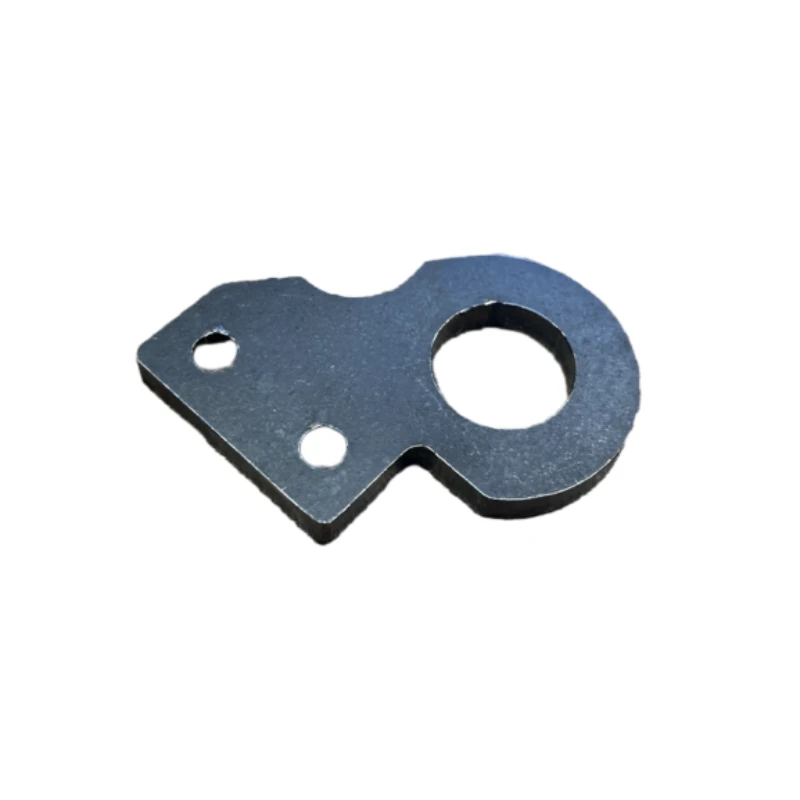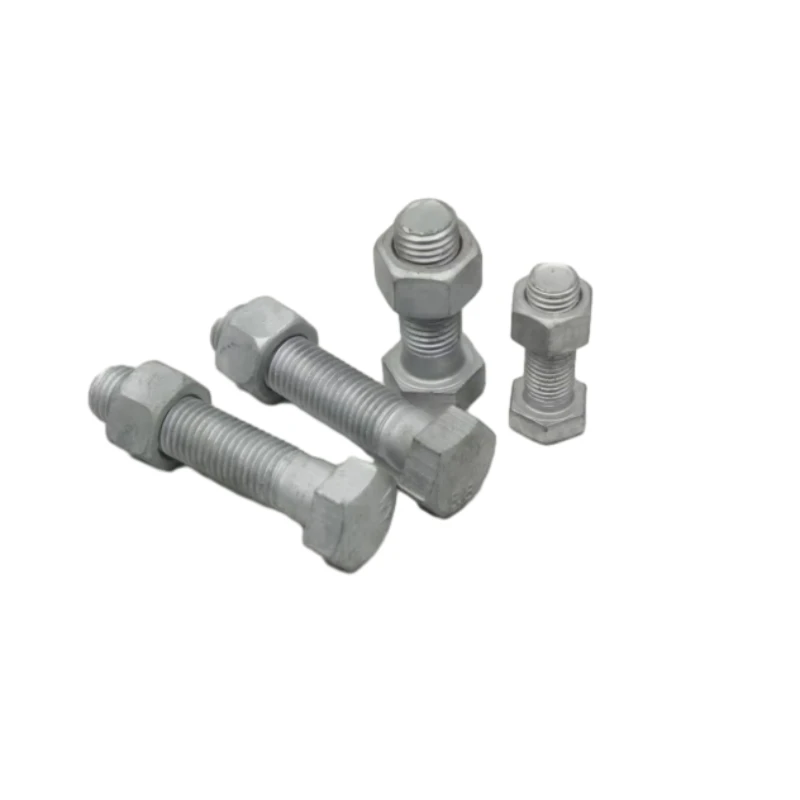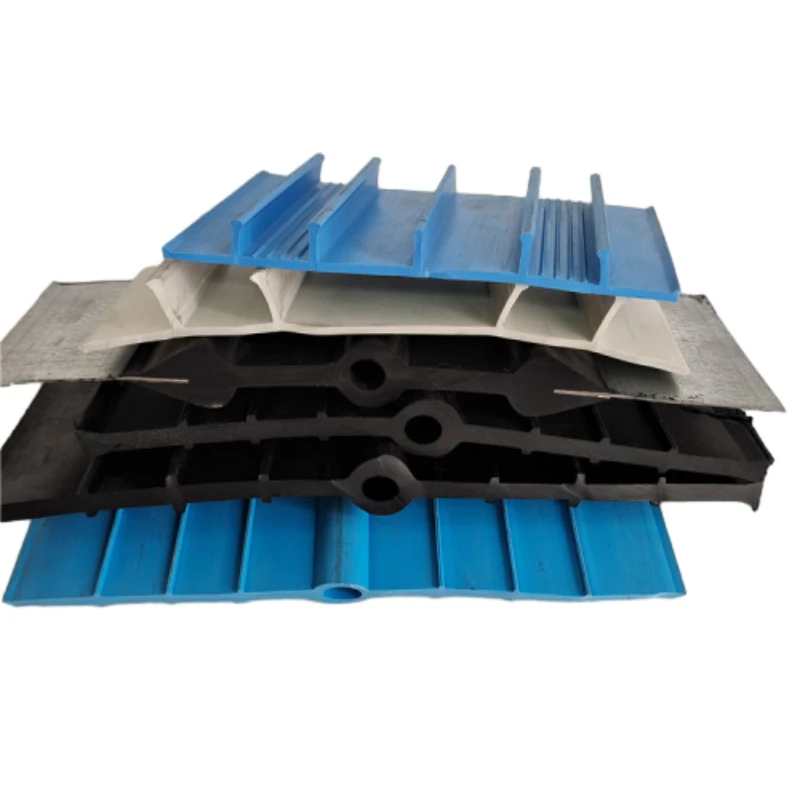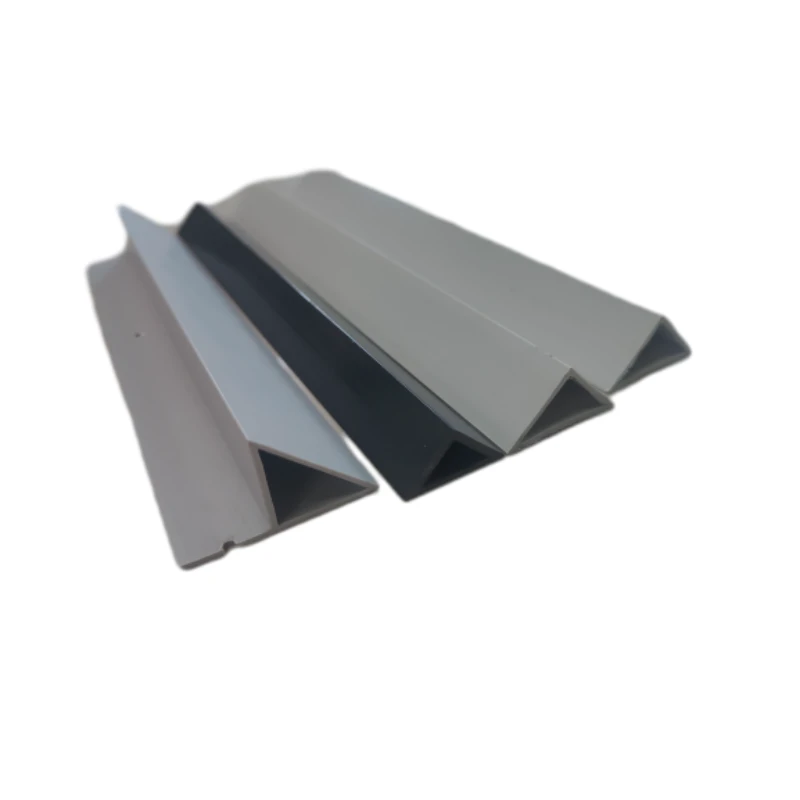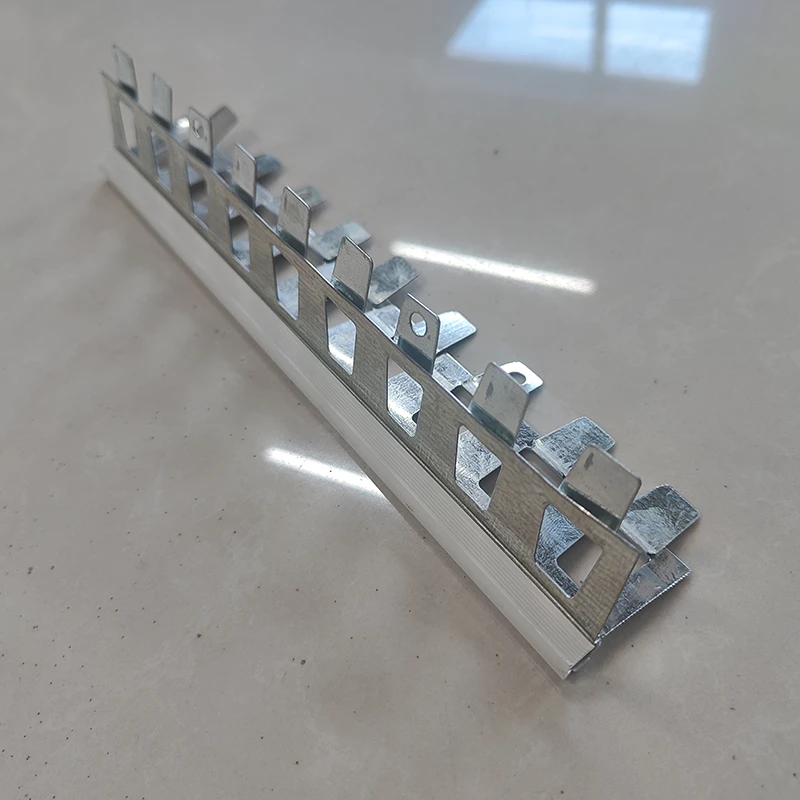- Phone: +86 132 8320 1810
- Email: annie@wrkgroup.ltd
-
- Afrikaans
- Albanian
- Amharic
- Arabic
- Armenian
- Azerbaijani
- Basque
- Belarusian
- Bengali
- Bosnian
- Bulgarian
- Catalan
- Cebuano
- China
- China (Taiwan)
- Corsican
- Croatian
- Czech
- Danish
- Dutch
- English
- Esperanto
- Estonian
- Finnish
- French
- Frisian
- Galician
- Georgian
- German
- Greek
- Gujarati
- Haitian Creole
- hausa
- hawaiian
- Hebrew
- Hindi
- Miao
- Indonesian
- Italian
- Japanese
- Javanese
- Malay
- Persian
- Portuguese
- Punjabi
- Russian
- Spanish
- Swahili
- Telugu
- Vietnamese
Aug . 08, 2025 09:30 Back To List
Essential Tools for Working With Scaffolding Pins
In the construction industry, the proper installation and maintenance of scaffolding pins, pin scaffolding, and scaffold toggle pins are crucial for ensuring the safety and stability of scaffolding structures. CANGZHOU WORLD CUP TRADING CO., LTD. offers a range of high - quality scaffolding components, and as a wholesaler, understanding the essential tools required for working with these pins is key to providing valuable solutions to clients.
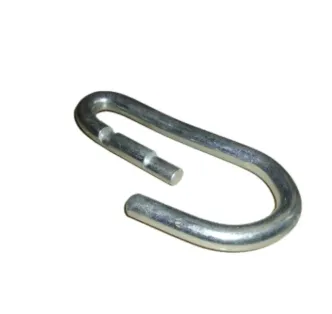
Scaffolding Pins Installation Tools
- Hammer: A hammer is an indispensable tool for installing scaffolding pins. When using pins like the G Pin from CANGZHOU WORLD CUP TRADING CO., LTD., which are used to lock the fixed height and level of scaffolding steel support, a hammer is used to drive the pin into place. It provides the necessary force to ensure that the pin fits tightly into the designated holes of the scaffolding components. Different types of hammers, such as claw hammers or sledgehammers, can be used depending on the size and material of the pins. For example, a heavier sledgehammer might be required for larger diameter pins like the 16mm G Pins to achieve a secure and reliable connection.
- Pliers: Pliers are useful for gripping and manipulating scaffolding pins during installation and removal. They can be used to pull out pins that are stuck or to adjust the position of pins for a better fit. Needle - nose pliers are especially handy for working in tight spaces or with smaller - sized pins, while slip - joint pliers offer more versatility in gripping different pin diameters. When dealing with pins that require precise positioning, pliers provide the control needed to ensure accurate installation, contributing to the overall stability of the scaffolding structure.
Tools for Pin Scaffolding Assembly
- Measuring Tape: A measuring tape is essential for ensuring the proper alignment and spacing of components in pin scaffolding. Accurate measurements are crucial to maintain the structural integrity of the scaffolding system. It helps in determining the correct distance between pin holes, ensuring that the pins can be inserted smoothly and that the scaffolding is built to the required specifications. Whether it's a small - scale residential construction or a large - scale commercial project, a reliable measuring tape is a must - have tool. For example, when constructing a multi - level pin scaffoldingstructure, precise measurements with a measuring tape ensure that each level is evenly spaced and stable.
- Level: A level tool is used to ensure that the pin scaffoldingis perfectly horizontal and vertical. This is important for the safety and functionality of the scaffolding. An uneven scaffolding can lead to instability and potential accidents. By using a level, construction workers can adjust the position of the scaffolding components and the pins to achieve a level surface. There are different types of levels available, such as spirit levels and laser levels. Laser levels, in particular, offer greater precision and can be used for larger - scale scaffolding projects, ensuring that the entire structure is plumb and level.
Scaffold Toggle Pins Handling Tools
- Wrenches: Wrenches can be useful when dealing with scaffold toggle pinsthat have nuts or bolts attached. They are used to tighten or loosen these fasteners, ensuring that the toggle pins are securely in place. Different types of wrenches, such as open - end wrenches, box - end wrenches, or adjustable wrenches, can be employed depending on the specific design of the toggle pins. For example, an adjustable wrench can be a convenient choice when working with toggle pins of varying sizes, as it can be adjusted to fit different nut and bolt dimensions. This ensures that the toggle pins are tightened to the correct torque, providing a stable and secure connection within the scaffolding system.
- Safety Gear: Safety gear, including gloves and safety glasses, is essential when working with scaffold toggle pinsor any scaffolding components. Gloves protect the hands from cuts, abrasions, and pinching during the handling of pins, while safety glasses shield the eyes from flying debris or accidental impacts. When installing or removing toggle pins, there is a risk of small parts coming loose or pins being accidentally dislodged, which could pose a safety hazard. Wearing appropriate safety gear minimizes these risks and ensures the well - being of the workers on the construction site.
Types of Scaffolding Pins Table
|
Pin Type |
Description |
Diameter Specifications |
Usage |
|
G Pin |
G - type scaffold lock pin, made by stamping round steel of different diameters through a stamping machine and mold design, cut and stamped into the size and angle required by customers, used to quickly lock the fixed height and level of scaffolding steel support |
Usually 12mm, 14mm, can be increased to 16mm for more reliability and safety |
Commonly used for locking scaffolding components |
|
Chain Pin |
Used to secure scaffolding components together, often in conjunction with chain couplers, designed for quick and secure connection |
- |
For making secure connections between scaffolding parts |
|
Wire Pin |
Also known as binding wire or tie wire, used to temporarily secure scaffolding components until more permanent connections are made, flexible and easy to bend and twist into place |
- |
For temporary scaffolding component securing |
Scaffolding Pins FAQS
What are the key considerations when choosing a hammer for scaffolding pins installation?
When choosing a hammer for scaffolding pins installation, consider the size and weight of the pins. Larger diameter pins, like the 16mm G Pins from CANGZHOU WORLD CUP TRADING CO., LTD., may require a heavier sledgehammer to provide sufficient force for proper insertion. The material of the hammer head is also important; a steel - headed hammer is durable and provides good impact resistance. Additionally, the handle of the hammer should be comfortable to grip and provide a secure hold to prevent accidental slips during use, ensuring both the safety of the worker and the proper installation of the pins.
How does a level contribute to the stability of pin scaffolding?
A level ensures that pin scaffolding is perfectly horizontal and vertical. An uneven scaffolding can cause uneven load distribution, leading to instability and potential collapse. By using a level to check and adjust the position of the scaffolding components and pins, workers can ensure that the structure is plumb. This evenly distributes the weight of the workers, materials, and equipment on the scaffolding, enhancing its stability and safety. Whether it's a small - scale or large - scale pin scaffolding project, a level is a critical tool for maintaining the structural integrity of the scaffolding system.
What safety precautions should be taken when using wrenches with scaffold toggle pins?
When using wrenches with scaffold toggle pins, always wear appropriate safety gear, including gloves and safety glasses. Gloves protect your hands from getting pinched or cut by the wrench or the pins, while safety glasses shield your eyes from any flying debris or small parts that might come loose during the tightening or loosening process. Ensure that the wrench fits the nut or bolt of the toggle pin properly to avoid slippage, which could cause injury or damage to the scaffolding components. Also, work in a stable position on the scaffolding and follow all safety guidelines for working at heights to prevent falls or other accidents.
Can pliers be used for all types of scaffolding pins?
Pliers can be used for many types of scaffolding pins, but their effectiveness depends on the size and design of the pins. Needle - nose pliers are ideal for smaller pins or for working in tight spaces where precision is required. Slip - joint pliers can handle a wider range of pin diameters. However, for very large or heavy - duty pins, pliers may not provide enough force for installation or removal. In such cases, more specialized tools like hammers or hydraulic tools might be needed. It's important to assess the specific requirements of the scaffolding pins and choose the appropriate pliers or combination of tools for the job to ensure proper handling and installation.
How do measuring tapes help in the assembly of pin scaffolding?
Measuring tapes are essential in the assembly of pin scaffolding as they ensure accurate alignment and spacing of components. By measuring the distance between pin holes, workers can ensure that the pins fit correctly and that the scaffolding is built to the required specifications. Proper spacing is crucial for the structural integrity of the scaffolding, as incorrect measurements can lead to instability. Measuring tapes also help in creating evenly spaced levels in multi - level pin scaffolding structures, ensuring that the load is distributed evenly across the entire scaffolding system. This helps in preventing overloading of certain parts of the scaffolding and ensures the safety of the workers and the success of the construction project.
Latest News
-
Light Steel Structures Supporting Galvanized Metal CeilingsNewsAug.08,2025
-
How Formwork Anchor Nuts Enhance Structural StabilityNewsAug.08,2025
-
Channel Strut Fittings Installation Time-Saving TipsNewsAug.08,2025
-
Best Practices for Storing Acorn Nut BoltsNewsAug.08,2025
-
Tie Nut Applications In Concrete FormworkNewsJul.23,2025



